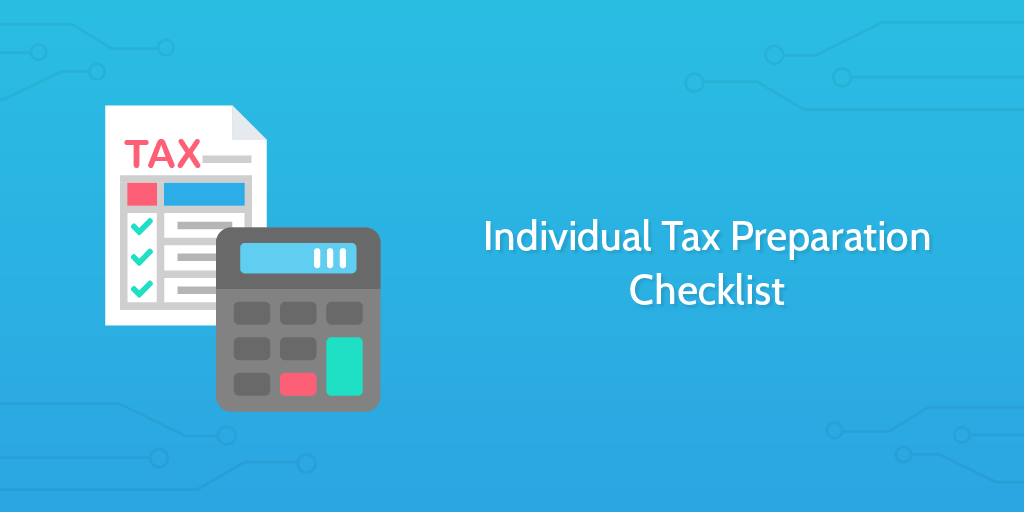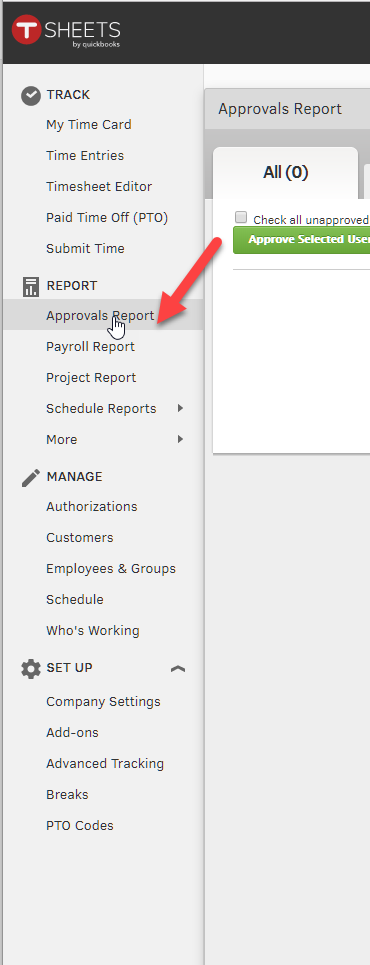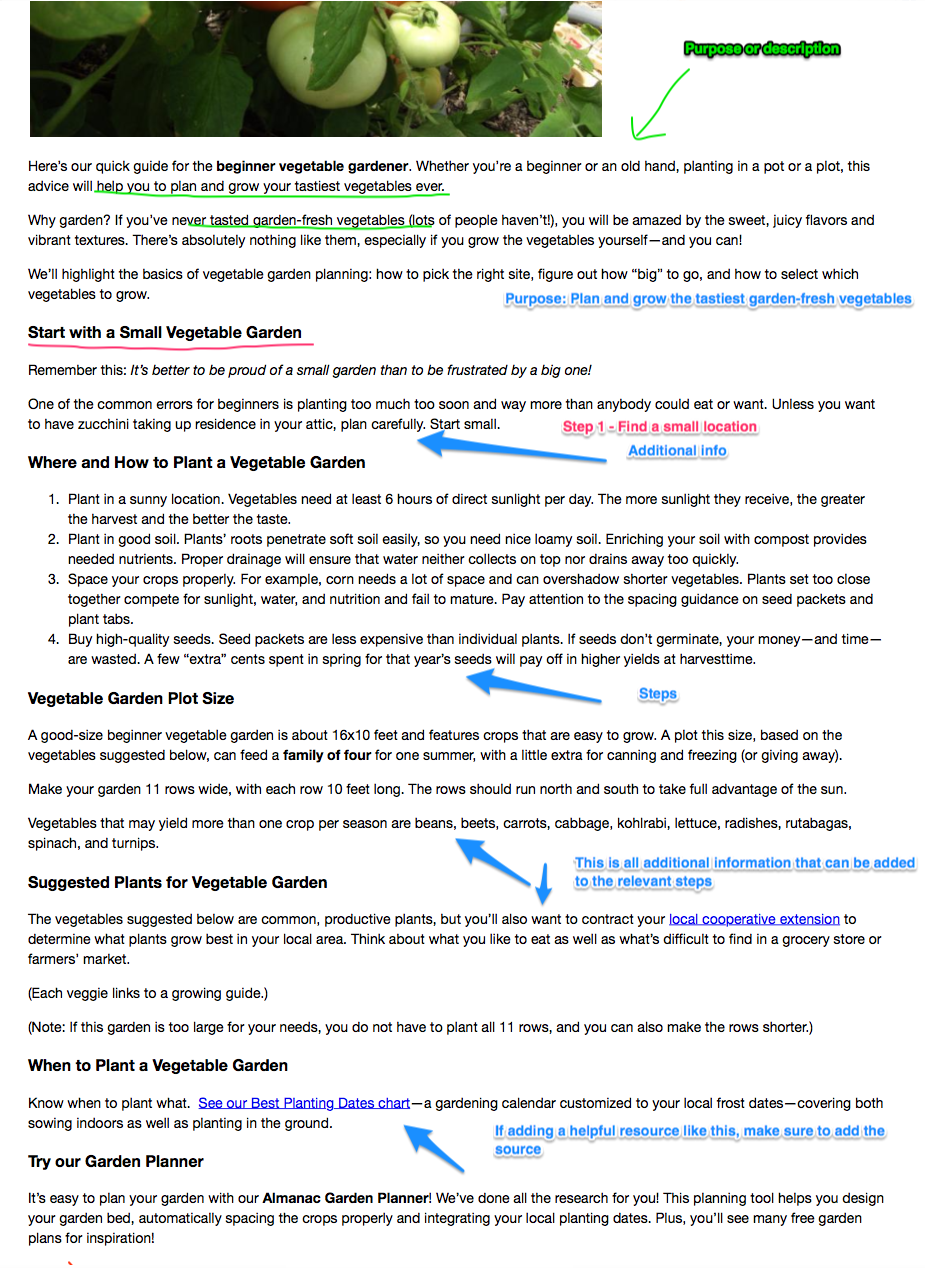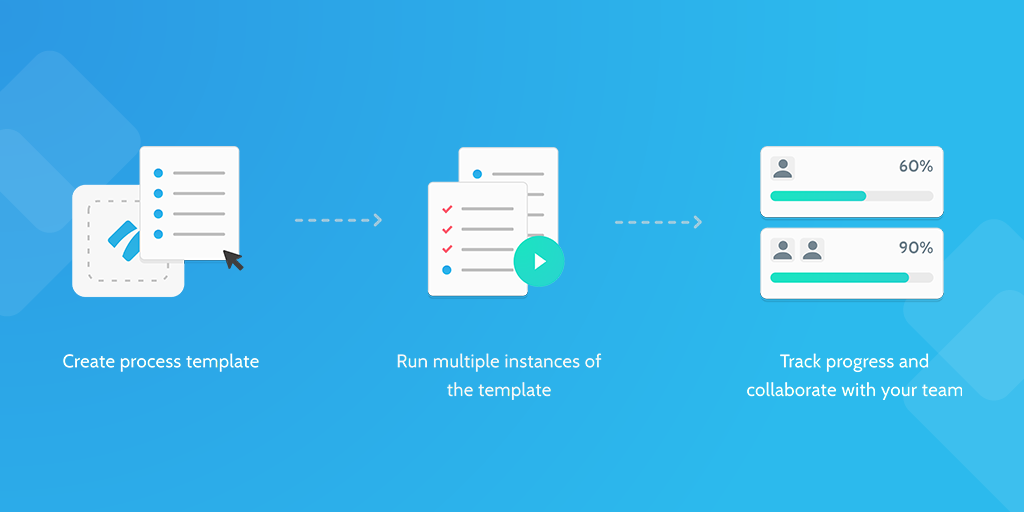This is broken down into two parts (a & b). the 'a' part reports the gross amount of distributions you received from pensions and annuities, while the 'b' part reports the taxable portion of these distributions.
For example, you may have received a distribution of $12,000 from your 401(k) plan, but only $10,000 of that amount was taxable. The $12,000 gross amount would, therefore, go in line 'a', and the $10,000 taxable amount would go in line 'b'. Line 'b' is the amount that contributes to your overall taxable income.
Distributions from the following accounts are entered on this line of your tax return:
- 401(k) plans
- 403(b) plans
- Civil Service Retirement System (CSRS)
- Federal Employees Retirement System (FERS)
- Foreign pension plans
- Governmental 457 (b) plans
- Thrift Savings Plan
Discover more about this section of the 1040 form if you feel unsure about what you need to do.
Report pensions & annuities directly on your 1040 form








